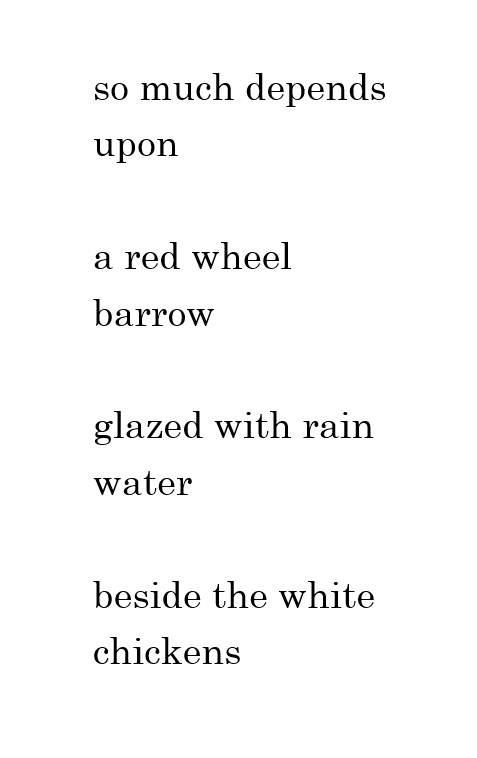Literary Devices - Poetry (AP Lit)
1/33
Earn XP
Description and Tags
Name | Mastery | Learn | Test | Matching | Spaced |
|---|
No study sessions yet.
34 Terms
Caesura
A pause within the line, usually by a punctuation mark.
Example of Caesura
“To wait an hour - is long -” The first dash is an example of caesura
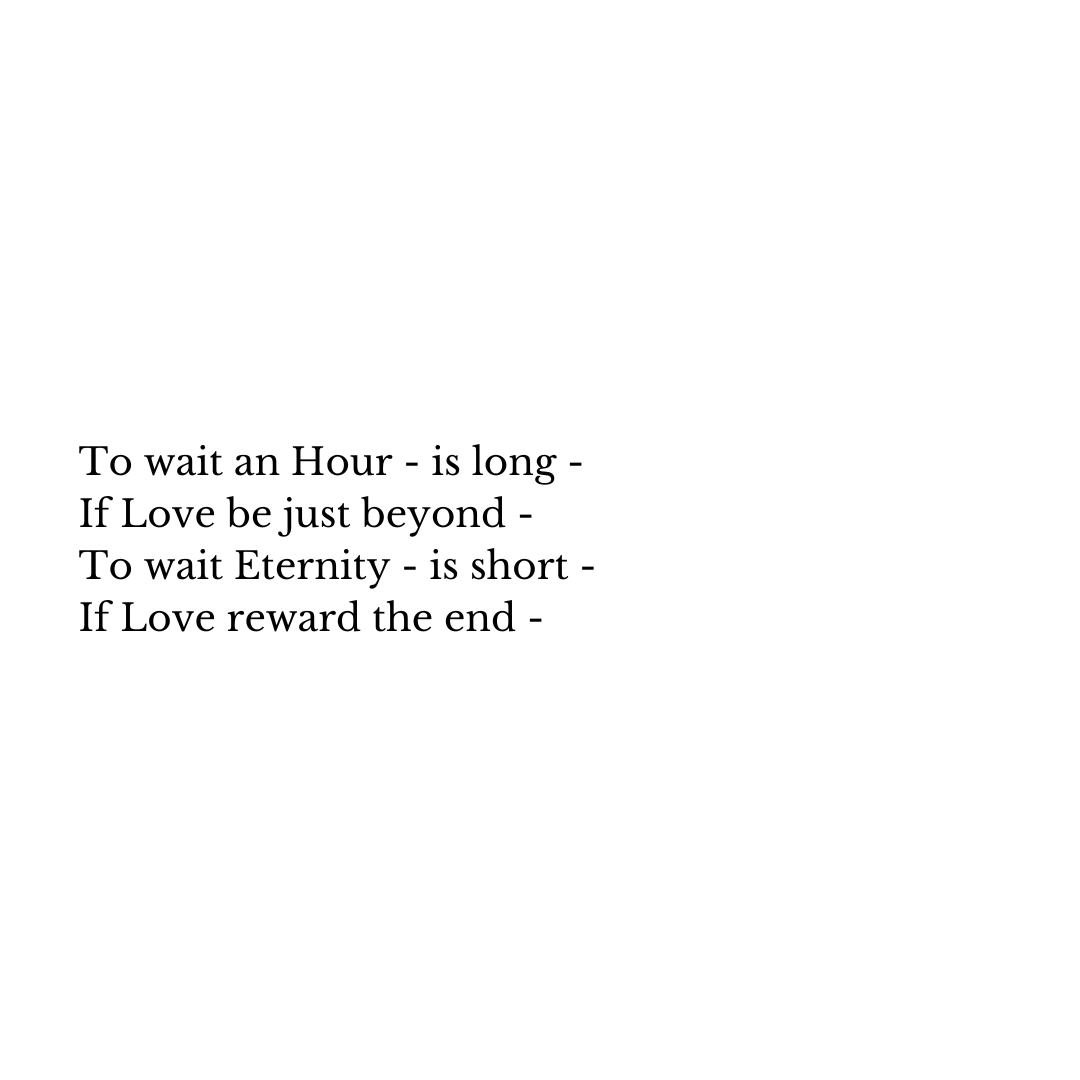
Motif
A reoccurring theme, idea, or object, usually for symbolic effect.
Example of motif
The saw is an example of motif in the poem “Out, Out -” by Robert Frost.
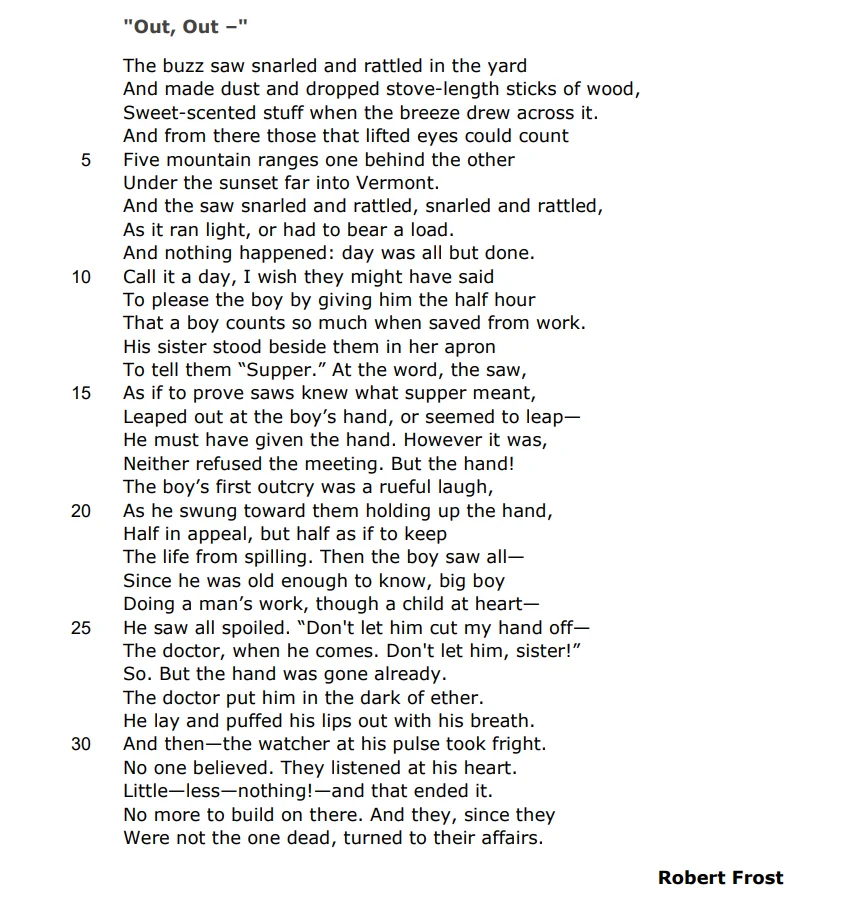
Imagery
Descriptive language used to illustrate a picture
Example of imagery
“Two vast and trunkless legs of stone stand in the desert” is an example of imagery
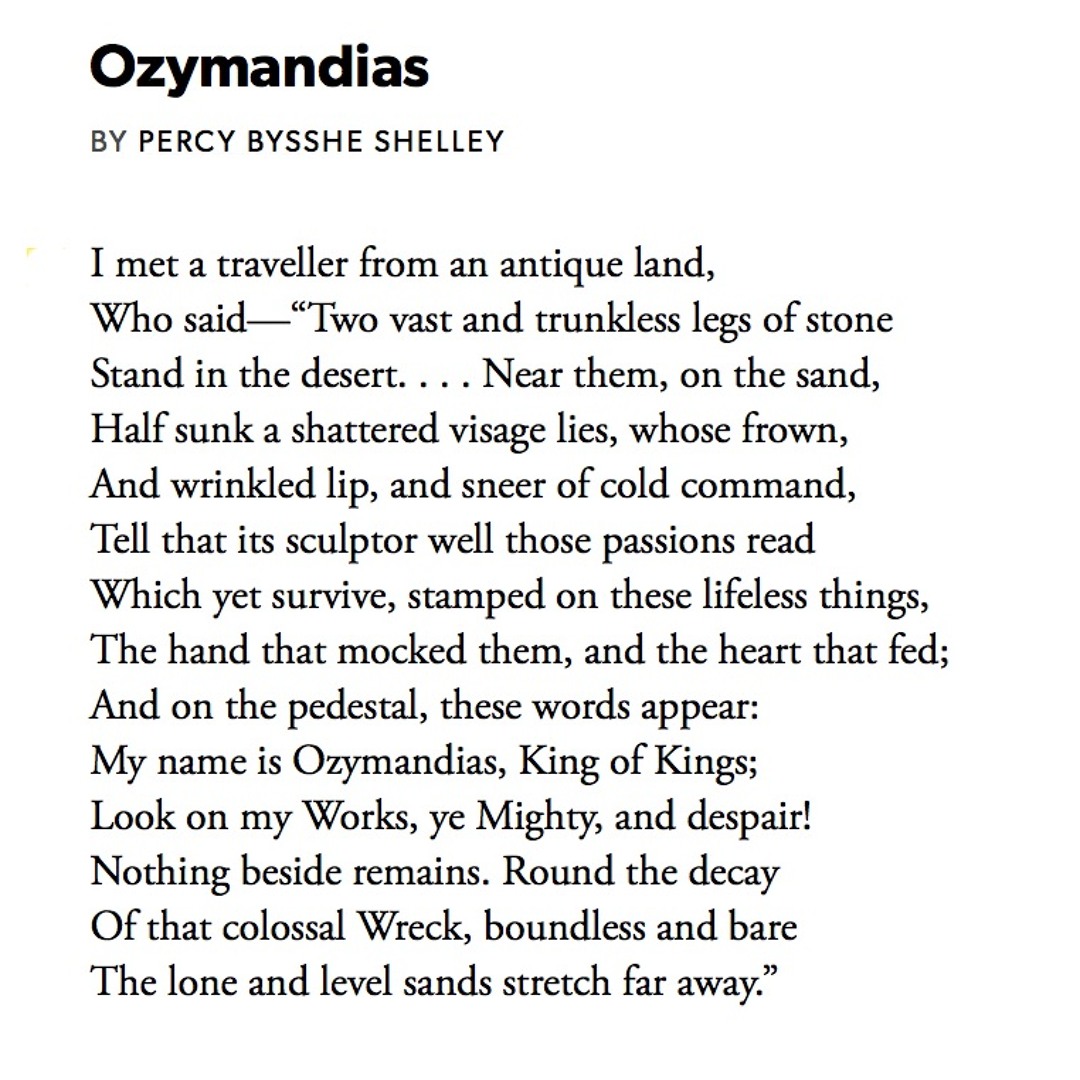
Archetype
A stereotypical or repeated character, symbol, or plot across multiple works of literature.
Example of archetype
The hero is a popular archetype, of a young man who rises to the level of legends through good deeds.
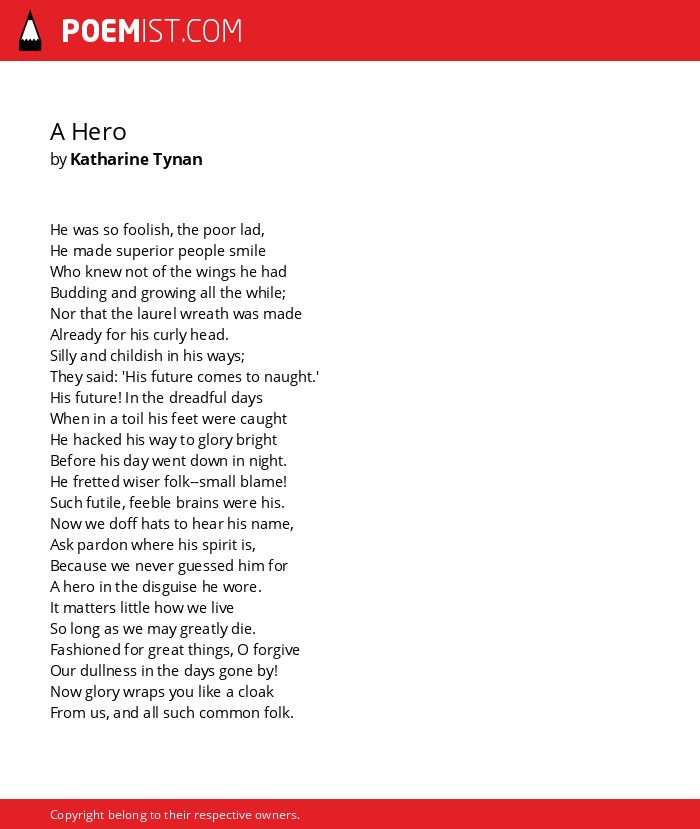
Point of view
The perspective from which the poem is told, either first person “I”, seocnd person "you”, or third person “s/he/they”
Characterization
Description of the traits or personality of a character in poetry
Example of characterization
“you say you believe I would hold up under torture for the sake of our children. You say you think I have courage.” is an example of characterization
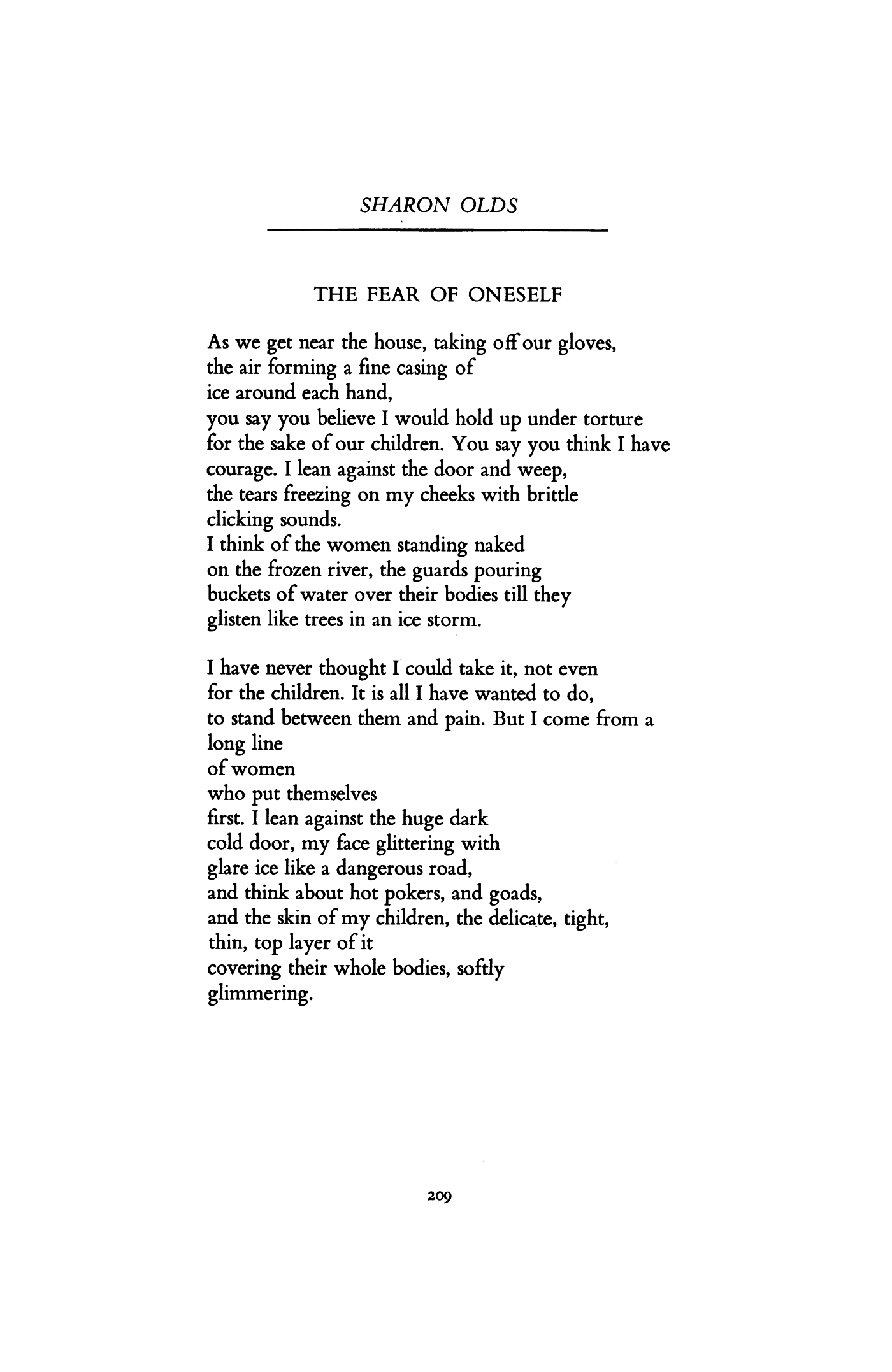
Symbolism
Something (object, action, etc) meant to represent something else (theme, value, etc).
Example of symbolism
The road is a symbol in the poem “The Road Not Taken” by Robert Frost
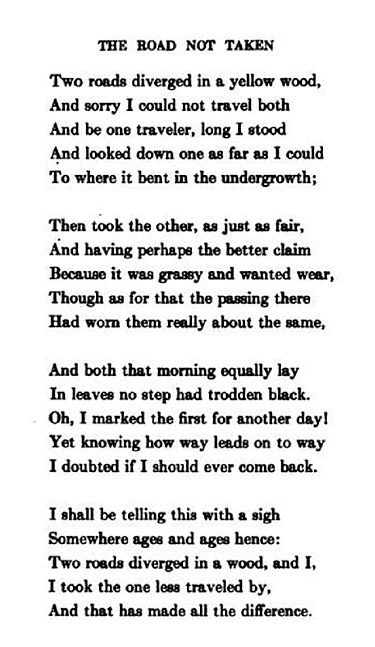
Conflict
A struggle between opposing forces within the poem
Example of conflict
The struggle between man and death is the conflict at the heart of “Do Not Go Gentle into That Good Night" by Dylan Thomas
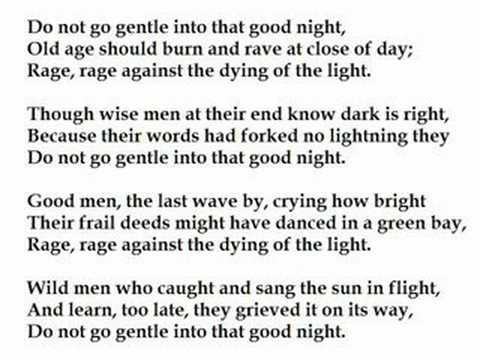
Setting
Where and when a poem takes place
Structure
The arrangement of lines, stanzas, and form of a poem
Example of structure
“Life is Fine” is an example of a poem with interesting structure in the lines “But it was Cold in that water! It was cold!”, “But it was High up there! It was high!”, and “Life is fine! Fine as wine! Life is fine!”
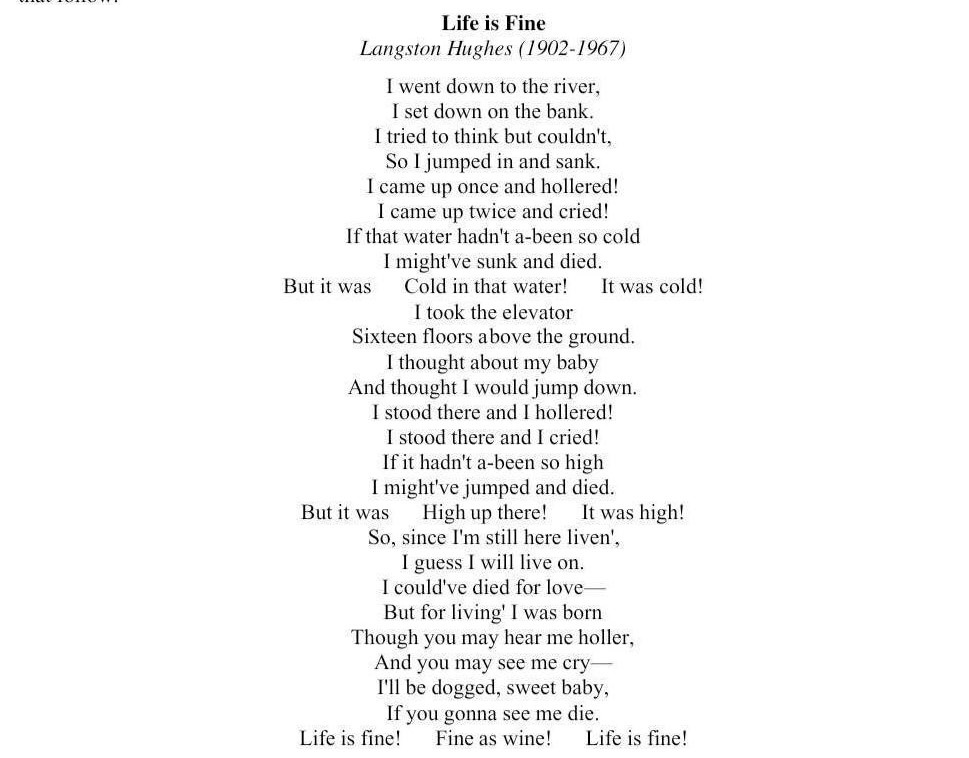
Allusion
A reference to something well known - like a person, place, or line.
Example of allusion
In “Nothing Gold Can Stay” by Robert Frost, he alludes to the Bible in the line “So Eden sank to grief,”
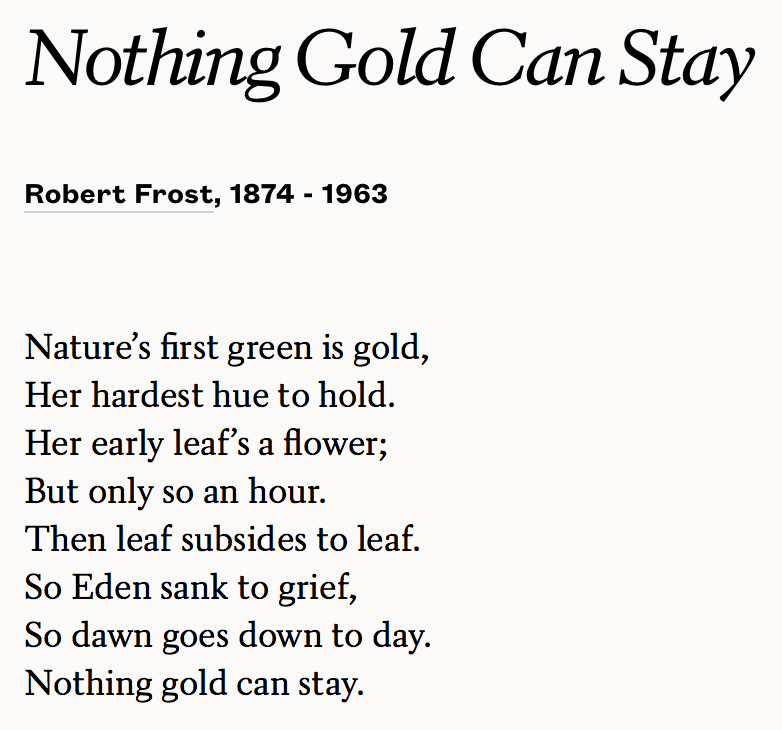
Colloquial Language
Informal language or slang
Example of colloquial langauge
“we real cool” is an example of colloquial language, in the grammatical structure of AAVE
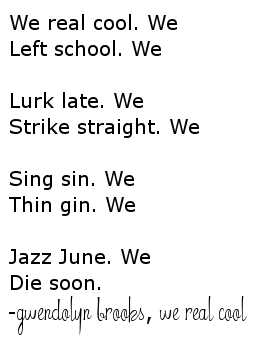
Formal Language
“Standard” or academic English, language that is structured and following “standard” grammar closely. Usually older
Example of formal language
In “Ode on a Grecian Urn” by John Keates, “What leaf-fring'd legend haunts about thy shape Of deities or mortals, or of both, In Tempe or the dales of Arcady?” is an example of formal language, mirroring that of ancient poetry. John Keates was writing in the early 1800’s when some of this language (leaf-fring'd, dales of Arcady) would be considered ancient.
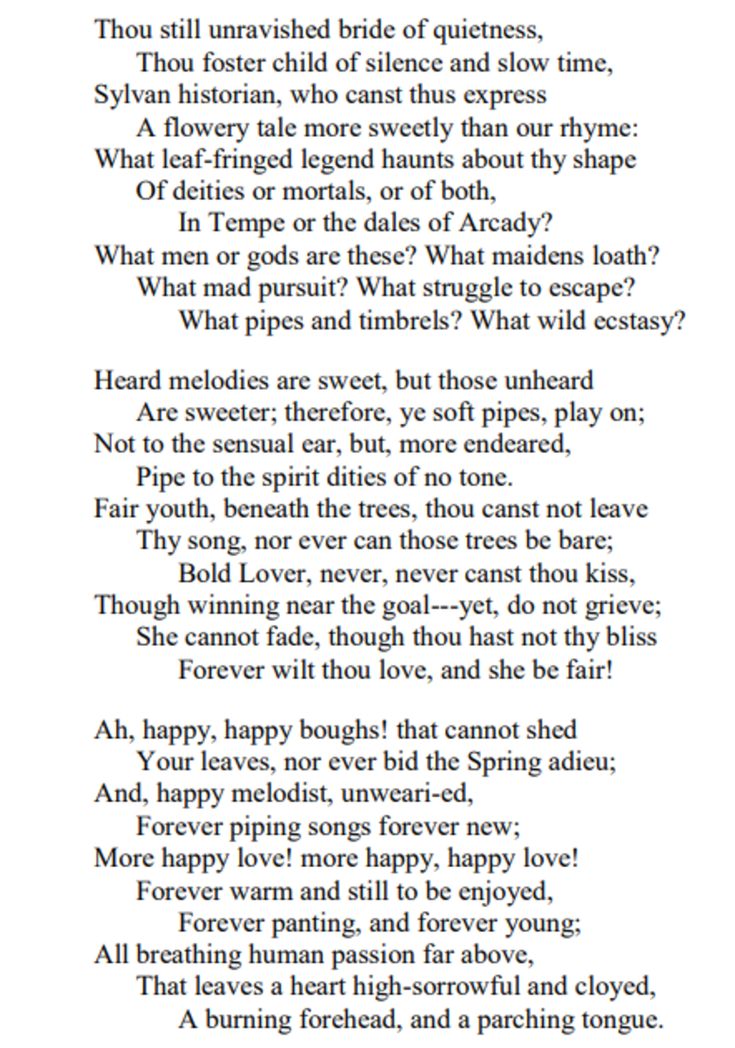
Meter
The rhythmic structure of a poem, using stressed and unstressed syllables in a pattern
Example of meter
Iambic pentameter is the most common meter in English, as popularized by Shakespeare. It is made up of 5 feet(2 syllables), of one unstressed syllable and one stressed syllable.
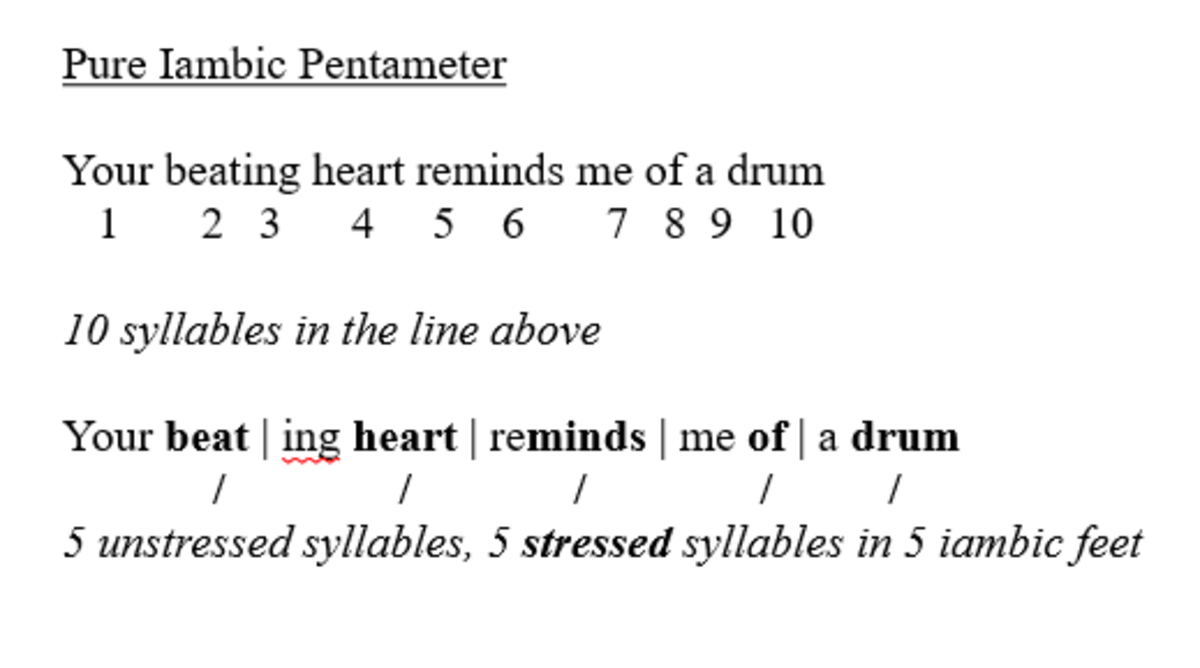
Rhyme
Repetition of similar sounds in words, usually in a pattern called a rhyme scheme.
Example of rhyme
“The Raven” by Edgar Allen Poe uses the rhyme scheme of ABCBBB. From the first stanza: “weary” is A, “lore” is B, “tapping” is C, “door” is B, “door” is B, and “more” is B.
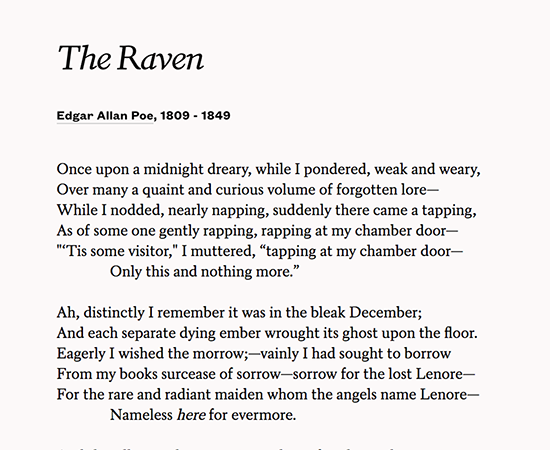
Metaphor
When something is described by saying it is something else.
Example of metaphor
In “‘Hope’ is the thing with feathers” by Emily Dickinson, Dickinson uses the metaphor of a bird to describe hope.
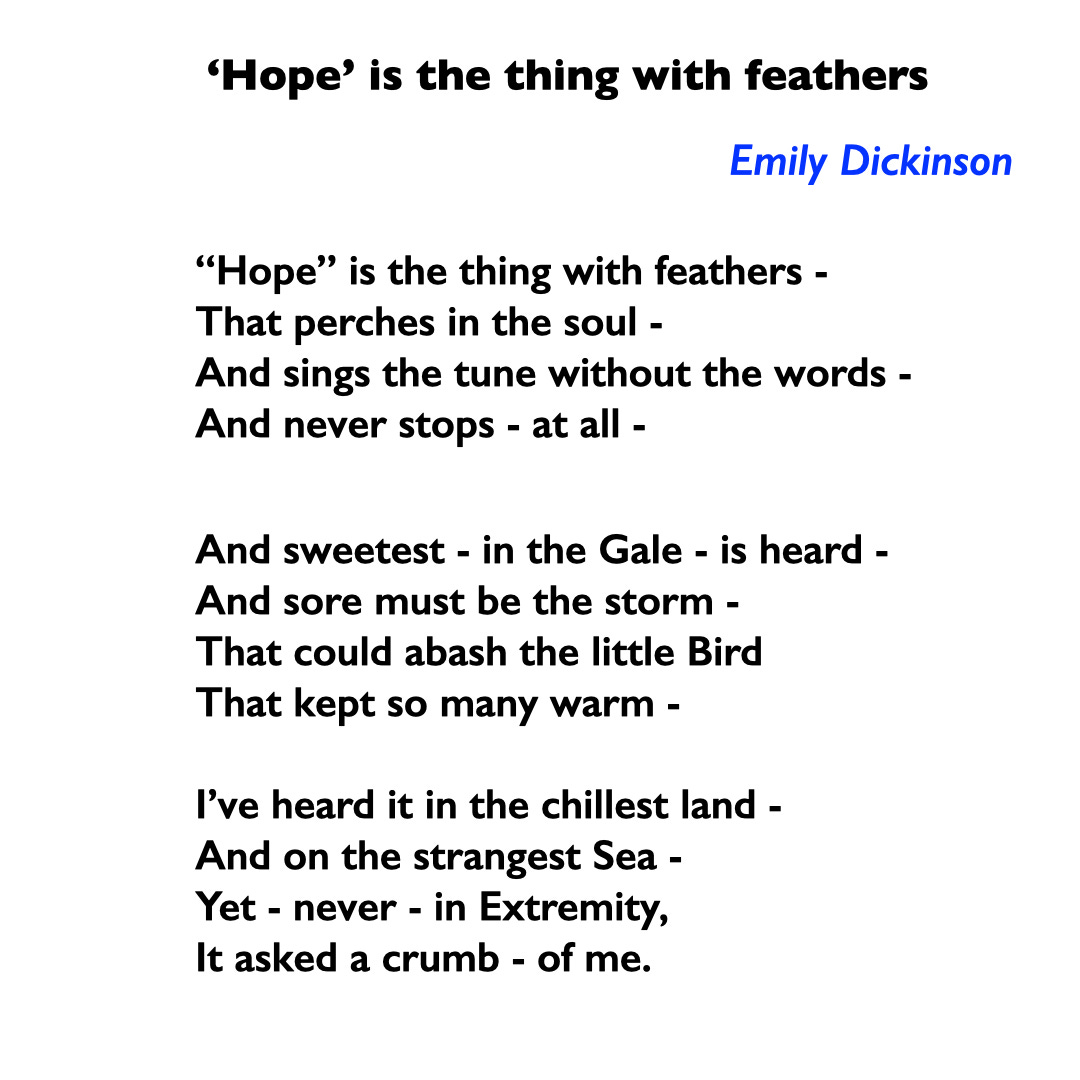
Simile
When two things are compared using like or as
Example of simile
In “I Wandered Lonely as a Cloud” by William Wordsworth, “I wandered lonely as a cloud” is a simile
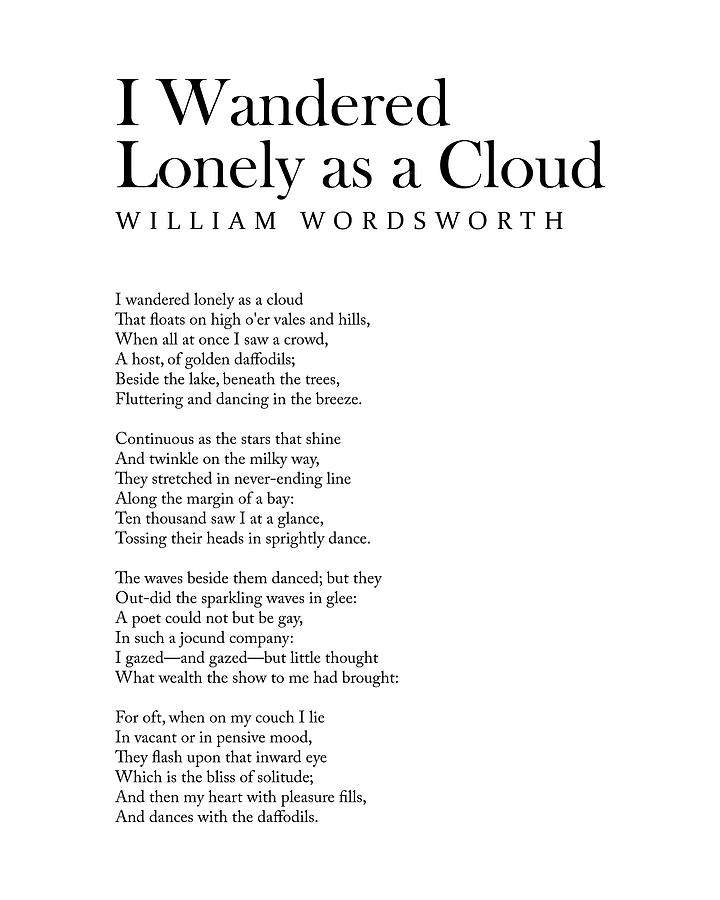
Enjambment
When a phrase/sentence continues onto the next line of poetry
Example of enjambment
In “A Red Wheelbarrow” by William Carlos Williams, “so much depends upon a red wheel barrow” breaks up this phrase between 4 lines.
